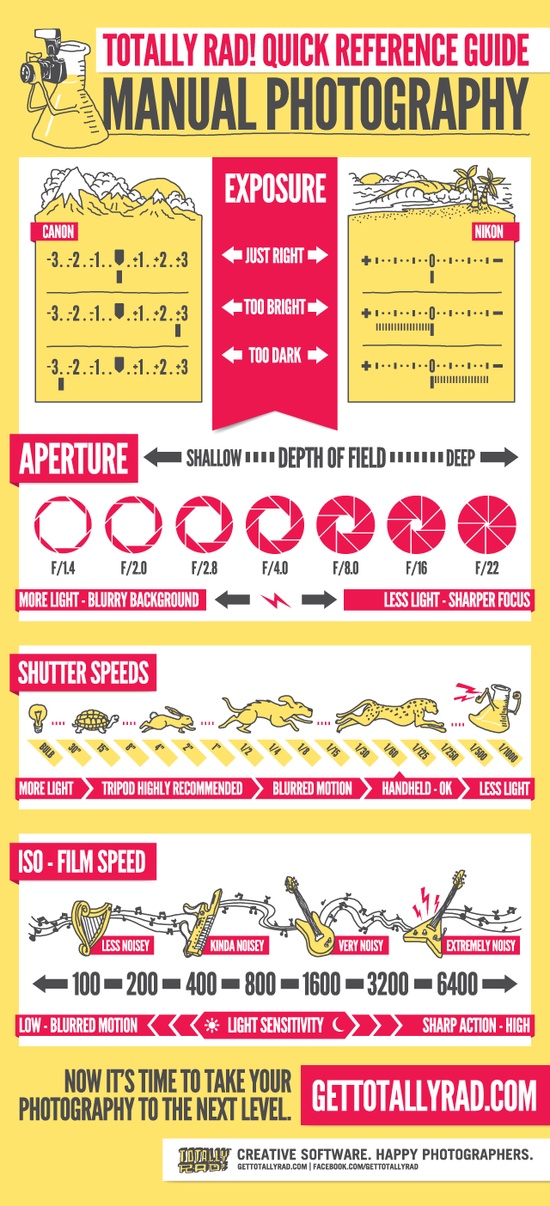What Every Digital Photographer Must Understand About Lighting
What Every Digital Photographer Must Understand About Lighting
Blog Article
Composed By-Rogers Covington
As a photographer, you recognize that illumination can make or break your images. Comprehending the subtleties of both natural and artificial light is crucial for recording the mood and clarity you aim for in your job. Whether you're chasing the ideal golden hour radiance or fine-tuning your artificial setups, understanding these components can raise your photography considerably. Yet there are common pitfalls that many neglect, and identifying them can change your approach to every shoot. Allow's explore what you may be missing and just how it can impact your outcomes.
Understanding Natural Light
Understanding natural light is critical for any type of photographer seeking to boost their job. It's the structure of wonderful photography, affecting mood, tone, and quality. When you shoot outdoors, pay attention to the time of day. The gold hour-- soon after dawn and prior to sunset-- uses soft, cozy light that can transform normal scenes into stunning photos.
Do not undervalue the power of overcast days. Cloud cover diffuses sunshine, producing a soft, also light that's ideal for pictures and macro photography. You'll find colors pop in this kind of lights without harsh shadows.
Placing issues, also. Constantly consider your topic's orientation to the light source. If the sun's behind your topic, you might wind up with a silhouette, which can be dramatic but mightn't be what you want. Alternatively, straight sunshine can produce uncomplimentary darkness.
Experiment with angles; occasionally, altering your point of view can yield amazing results. Use natural reflectors, like water or sand, to bounce light onto your subject, including dimension.
Mastering Artificial Light
Mastering synthetic light is necessary for photographers that wish to take their skills to the following degree. Whether you're making use of speedlights, workshop strobes, or continuous lights, recognizing exactly how to control these sources can considerably improve your photos.
Beginning by familiarizing yourself with the basics of light quality, instructions, and color temperature level. Experiment with different modifiers like softboxes, umbrellas, or grids to regulate the softness or cruelty of the light.
You'll discover that soft light frequently develops flattering outcomes, while harsher light can include drama and depth. Do not avoid https://telegra.ph/Learn-Just-How-To-Select-The-Excellent-Cam-Customized-To-Your-Photography-Design-And-Needs-Yet-Are-You-Taking-Into-Consideration-01-07 can boost the three-dimensionality of your subjects.
Pay attention to the placement of your lights. A light located as well near your topic can create uncomplimentary outcomes, while too far away can lead to a lack of information. Use a light meter or your camera's pie chart to guarantee you're revealing properly.
Lastly, remember that man-made light can be mixed with ambient light for imaginative impacts. Stabilizing these resources might take method, once you master it, your photography will absolutely radiate.
Strategies for Different Scenarios
When you enter different capturing situations, adapting your illumination methods is essential for catching the best images. For outside pictures, use the golden hour-- early morning or late afternoon light-- to soften darkness and enhance skin tones.
If it's a rough lunchtime sunlight, think about utilizing a reflector to bounce light back onto your topic or look for shaded areas for a more also exposure.
In low-light circumstances, like interior occasions, raise your ISO and utilize a vast aperture to allow in even more light. A tripod can assist get rid of electronic camera shake, enabling longer direct exposures without obscuring.
If you're shooting at night, experiment with off-camera flash to develop vibrant lighting and deepness in your images.
For item digital photography, make use of diffused illumination to stay clear of severe representations. Softboxes or light tents can aid accomplish this impact.
When photographing landscapes, think about the direction of light and time of day, as it can dramatically change the state of mind of your shot.
Constantly prepare to change your setups and placing based on the situation, as flexibility is crucial to grasping lighting in photography.
Verdict
To conclude, grasping lights is essential to elevating your photography skills. Accept all-natural light's elegance during golden hour, and do not avoid explore man-made light strategies. By adjusting your method to different situations, you'll capture magnificent pictures that reverberate with feeling and quality. Keep in Get headshot taken near me , the best lights can transform a regular shot into something remarkable, so maintain exercising and refining your understanding of both all-natural and man-made light. Pleased capturing!
